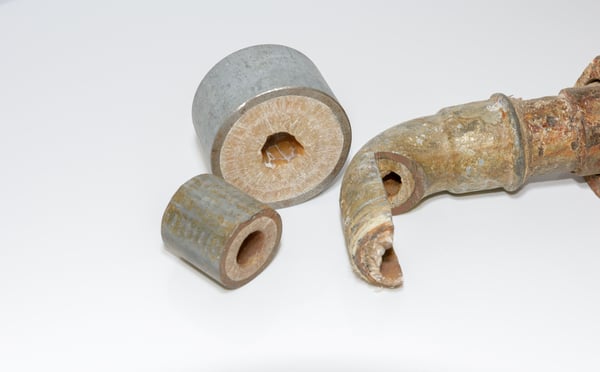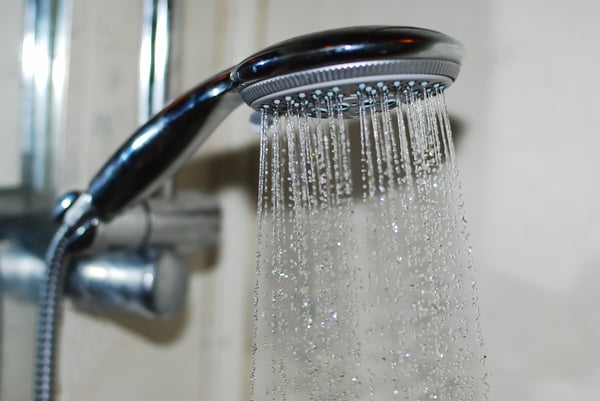Plumbing services traditionally focus on solving specific problems, such as leaky faucets and clogged pipes. However, greater value can be provided to customers when the underlying causes are also addressed. This approach is also profitable for plumbers, leading to a broader service offering.
Many plumbing problems have causes that are not obvious. For this reason, previous problems will simply reappear in other parts of the installation unless the root cause of the problem is resolved. Poor water quality and excessive pressure are notorious for causing numerous problems, which may seem unrelated at first glance.
Improve your plumbing system and save on pumping and heating.
Because a plumbing installation is made up of many interacting components, problems must be approached with a whole-system approach. When plumbing problems are resolved in isolation, their root causes can go undetected for years and the cumulative repair costs can be significant.
Effects of poor water quality on plumbing systems
When the water supply has a high concentration of particles, the negative consequences affect many plumbing components. For example, calcium deposits can build up in plumbing fixtures and pipes, reducing water flow below the design value. Tall buildings are most affected by sediment – at times when water consumption is high, the upper levels of a building may only drip.

Water flow problems are often attributed to pumping problems or low supply pressure, but sediment buildup is also a likely cause. However, removing sediment deposits is only a temporary solution if poor water quality is not resolved – sediment will simply build up again over time.
Sediment in plumbing installations also has a detrimental effect on the performance of water heating systems. Reduces both its heating capacity and its useful life:
- Sediment can build up inside a water heater, creating a barrier that reduces heat transfer. This reduces heating efficiency, which leads to higher energy costs.
- In most cases, water heater manufacturers will void the warranty on the equipment if there is evidence of poor water quality. Sediment buildup not only reduces energy performance, but it can also force you to pay for a new water heater.
The combination of clogged pipes and a poorly controlled water heater can be very dangerous for occupants. A reduced flow rate with the same heating power results in a higher water temperature, which can cause serious burns in extreme cases. Landlords who do not have effective control systems for water heaters may face legal consequences if a tenant is burned.
When it is determined that poor water quality is causing plumbing problems in a building, a water treatment system may be a permanent solution. Benefits include longer life of plumbing equipment, reduced heating costs, adequate flow and a healthier water supply for occupants.
Importance of adequate pressure in the water supply

It is common knowledge that low pressure reduces the water supply capacity of a plumbing system. However, this does not mean that high pressure is a good thing, and in fact, it has many negative consequences:
- Excessive water pressure causes plumbing leaks as existing seals and unions were not designed for this.
- High pressure also increases the mechanical load on the piping, which can damage supports and unions over time.
- Hydraulic installations suffer a reduction in useful life when they are constantly subjected to excessive pressure. This can affect even larger and more expensive appliances, like dishwashers and washing machines.
High pressure problems can be easily corrected with a pressure reducing valve, which is then adjusted as needed. However, as with water quality issues, the first step is to identify the problem. The best recommendation is to get a professional assessment of your plumbing system, as the causes of common problems can vary.
The most effective way to resolve plumbing problems is to never allow them to happen. A professional plumbing design ensures that all fixtures are specified correctly, while also ensuring that the pumping system and water heater meet the needs of the building.

